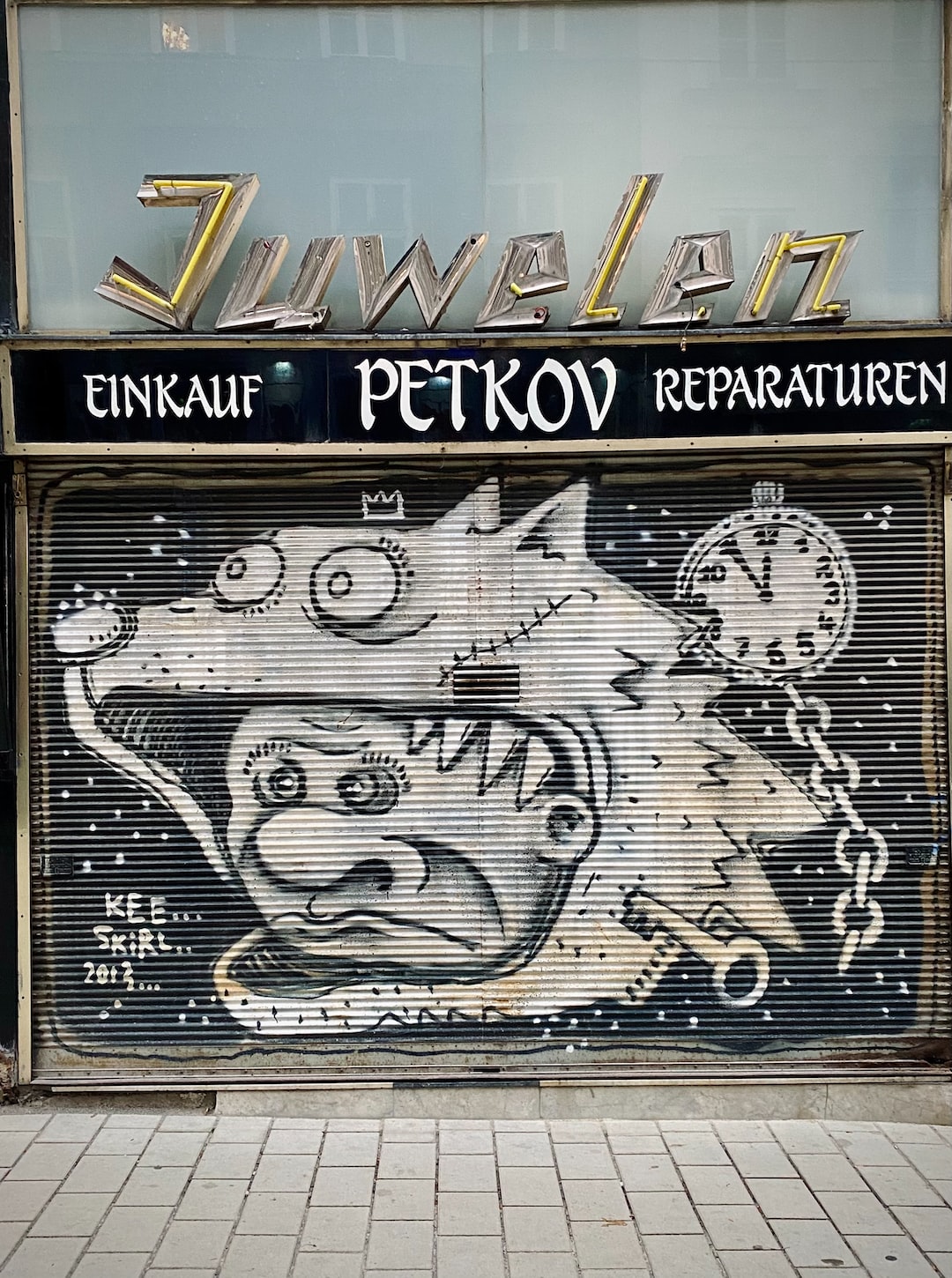Art in the Digital Age: Exploring New Mediums
Art has always been a medium to express human thoughts, emotions, and ideas. From the cave paintings of our ancestors to the Renaissance masterpieces, art has evolved with time and technology. In the digital age, artists are finding new mediums to create and showcase their work. This blog post will explore the impact of technology on art, the emergence of digital art, and the various mediums artists are using to express their creativity.
The integration of technology into art has expanded the possibilities for artists to experiment and create. With the advent of digital tools, artists can now manipulate images, videos, and sounds in ways that were unimaginable in the past. It has allowed them to explore different dimensions, perspectives, and techniques, pushing the boundaries of traditional art forms.
One of the most fascinating developments in the digital age is the emergence of digital art. Digital art refers to art that is created or presented using digital technology. It encompasses various forms, including digital painting, computer animation, virtual reality, and interactive installations. Digital artists use software and hardware tools to create their artworks, transforming pixels into visual manifestations of their imagination.
Digital painting is one of the most popular forms of digital art. Using a stylus and a digital drawing tablet, artists can create stunning paintings on a computer screen. Digital painting offers a wide range of brushes, colors, and effects that allow artists to experiment and achieve results that would be hard to achieve with traditional painting techniques. Moreover, digital paintings can be easily edited, resized, and shared, making them accessible to a broader audience.
Computer animation is another dynamic form of digital art. With powerful software like Autodesk Maya or Blender, artists can create lifelike animations that captivate viewers. Animation allows artists to bring their characters and stories to life, whether it’s a short film or a video game. Digital animation has opened up new opportunities for storytelling and has become an integral part of movies, advertisements, and video games.
Virtual reality (VR) is yet another medium that is revolutionizing art. By putting on a VR headset, viewers can immerse themselves in a digital environment created by the artist. VR takes art to a whole new level, engaging multiple senses and creating interactive experiences. Artists can use VR to create virtual galleries, where viewers can walk around and explore artworks as if they were in a physical space.
Digital art is also frequently exhibited through interactive installations. These installations often involve the use of sensors, cameras, and projectors to create immersive experiences for the audience. For example, the artist Rafael Lozano-Hemmer creates interactive installations that respond to the movement of viewers. His artworks invite the audience to become active participants, blurring the line between the artist and the viewer.
In addition to these new mediums, digital technology has also impacted traditional art forms. Many traditional artists now use digital tools to enhance their artwork, whether it’s for sketching, coloring, or editing. Digital software like Adobe Photoshop and Procreate has become essential tools for many artists, enabling them to experiment and refine their ideas before transferring them to a physical canvas.
The digital age has also opened up new platforms for artists to share and sell their work. Social media platforms like Instagram and Pinterest have become significant channels for artists to showcase their art to a global audience. Online art marketplaces like Etsy and Saatchi Art have made it easier for artists to sell their artworks directly to buyers without the need for traditional galleries or intermediaries.
In conclusion, the digital age has revolutionized the art world, offering new mediums for artists to explore and create. Digital art, with its various forms and techniques, has expanded the possibilities for artistic expression. Artists now have access to powerful software tools and platforms that enable them to experiment, share, and sell their work. The integration of technology into art has not only transformed the way art is created and exhibited but has also expanded its accessibility to a broader audience. As technology continues to advance, it will be fascinating to see how artists embrace new mediums and push the boundaries of art in the digital age.

